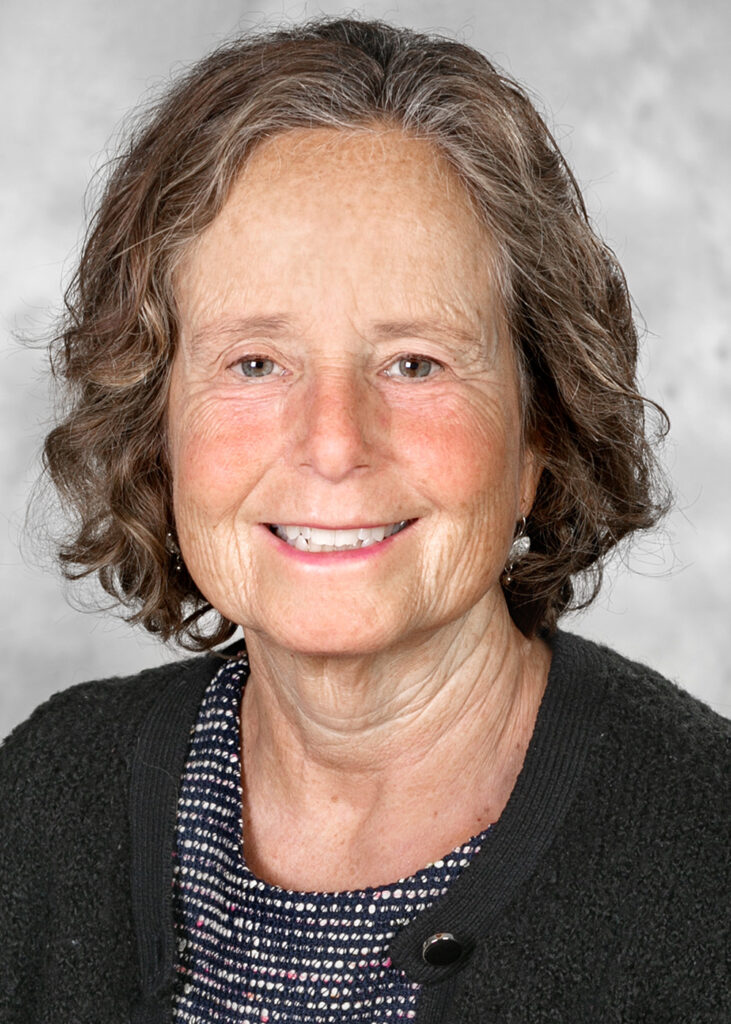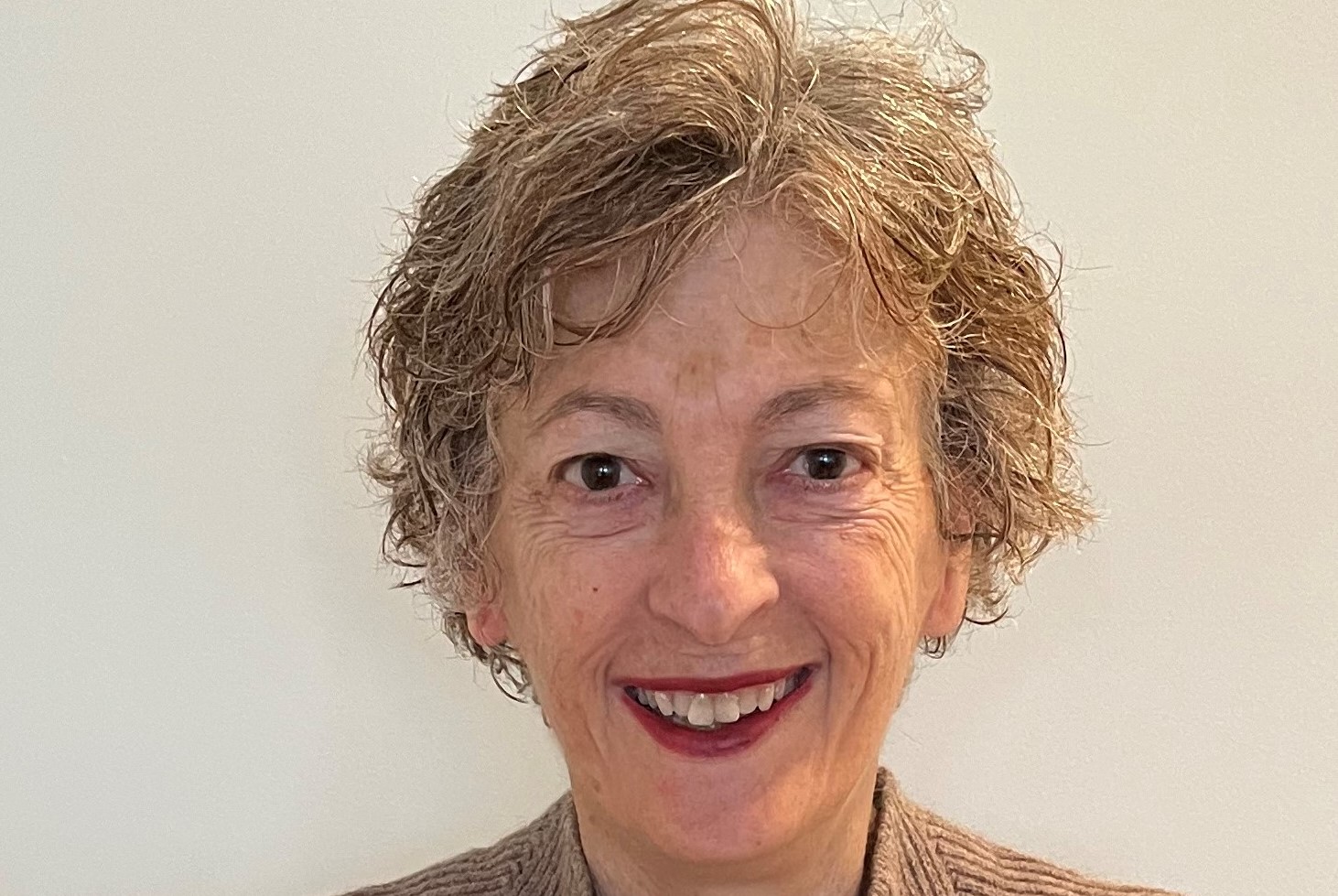Experts examine root causes and propose measures to improve health
Just like hunger, obesity disproportionately impacts children of color and from economically disadvantaged households. According to the Rhode Island KIDS COUNT June 2023 report, Root Causes of Overweight and Obesity, (“KIDS COUNT report”) the social determinants of health – economic stability, education access, neighborhood and the built environment, and discrimination – account for more than 80% of health outcomes.
Children in poverty are more likely to face health, behavioral, educational, economic, and social problems, and frequently lack access to healthy foods and recreational opportunities, the KIDS COUNT report explains. During 2017-2021, 15% of all Rhode Island children lived in poverty, and 76% of them were children of color.
Rich with data, the KIDS COUNT report provides a clinical/claims-based statewide data set of childhood overweight and obesity that can be analyzed by race or ethnicity, gender, age, and health insurance status. It represents a multi-year collaboration among KIDS COUNT, the Center for Health Data and Analysis at the Rhode Island Department of Health (RIDOH), Brown University School of Public Health, and four health insurance plans.
“The importance of this publication,” says Kaitlyn Rabb, KIDS COUNT policy analyst, “is that it identifies the root causes of overweight and obesity; gives us a clear picture of what the Body Mass Index (BMI) looks like at the population level; demonstrates how COVID exacerbated stresses on families, especially those of color and low income; and explains how families haven’t been supported in addressing root causes.”
While Rabb calls the BMI (which includes definitions for overweight and obesity) “the best-known measure… it has flaws and limitations.”

Professor of Psychiatry and Human Behavior at Brown University Elissa Jelalian agrees, “BMI can be a crude metric of weight status. We pay attention to weight status because it can be associated with risks for Type II diabetes, liver disease, and heart disease, even in children and teens. We want children to accept their bodies, regardless of their weight, and also consider modest changes if their weight is contributing to added health risks.”
KIDS COUNT benefited from an advisory committee comprised of diverse community organizations and state agencies to gather information on the root causes of childhood overweight and obesity in Central Falls, Pawtucket, and Providence. The advisory committee met monthly for six months, and held focus groups with Central Falls and Pawtucket parents, and Providence youth and parents.
“One of our roles,” says Rabb, “is convening the right people at the right table, so that parents and community partners can push recommendations, and helping those individuals, who aren’t in the advocacy space full-time, have the information they need to take action on next steps.”
Seeing the passion and engagement from community members and parents who want to advocate for their children and getting them needed support and resources gave Rabb hope. “KIDS COUNT and other organizations are really critical … in supporting parents and community members making changes,” she adds.

The ten to 12 parents from Central Falls or Pawtucket who participated in the initiative were “so willing and invested,” says Michelle Rivera, policy director for Progreso Latino, a Central Falls-based social services agency focusing on Latino and immigrant communities. “I feel that they were empowered and they want to be heard.” Progreso Latino sponsors a monthly adult social action committee, where participants learn how to advocate independently, write their legislators, and testify at the Statehouse.
“Input from the advisory committee and focus group participants powerfully grounded the data that we had developed, by providing additional context,” says Rabb. “The first step in making change is calling out the problem and naming it. That’s important for people to know.”
Root Cause: Nutrition, Food Access, and Food Insecurity
The KIDS COUNT report found that, in 2022, 65% of low-income Rhode Island households with at least one child were classified as food insecure. And, 47% of all Latino Rhode Island households were deemed food insecure, while only 26% of all white Rhode Island households were so classified, in 2022.
Rhode Island Healthy School Coalitions (RIHSC), a nonprofit organization grounded in the Whole School, Whole Community, Whole Child framework, engages students in learning where food comes from and about their school meal program. A spice bar was installed in the cafeteria a week after a discussion among the food service provider and some high school students about the desire for more culturally diverse flavors.

“While some students have a family background of growing food, others only know of food that comes out of a package,” says Karin Wetherill, RIHSC’s co-director. “Education is needed in schools for all students to become food literate, which is ultimately important for health and learning outcomes.” Another RIHSC program, Local Food Ambassador, trains local volunteers to conduct school cafeteria taste tests of locally grown fruits and vegetables.
Disappointed that the General Assembly didn’t approve the Healthy School Meals for All legislation (establishing free school-based meals for all children, regardless of income), Wetherill says, “Access to healthy food is a critical issue; why are nursing services, busing, books, and technology free at public schools, but the cafeteria is the one place where we separate kids based on family income?”
Other entities are immersed in food education; Progreso Latino’s SA SA SA (Salsa, Salud [Health] and Sabor [Flavor]) multi-week program teaches parents to create healthier meals using food and produce available from the agency’s food pantry, which is only open once a week for four hours. Shelf-stable foods are standard, and milk, eggs, and culturally appropriate produce – including yucca, taro, and avocado – are sometimes available. “In that short time, we serve, on average, 250 families each week,” says Rivera, an advisory committee participant. “Teaching parents to make healthier foods trickles down to address childhood obesity.”
Addressing nutrition and physical exercise, the RIDOH’s Rhode Island Healthy Eating & Active Living 2023-2028 Strategic Plan (HEAL) aims to advance health equity by collaborating with partners to improve policies, systems, and environmental changes across the state. Its priorities are access to affordable, nourishing food; access to safe spaces for play and physical activity; nutrition and physical activity for infants, children, and youth; and expanding statewide system coordination.
“We’re now bringing together the stakeholders – nonprofit community-based organizations, school committees, parents, faith-based organizations, educators, and local and state policymakers – who have the capacity and expertise to make changes, based on best practices and strategies that have worked elsewhere,” says Seema Dixit, RIDOH deputy director. “They’ll assess the situations and evaluate what changes can lead to short-term, intermediate, and long-term objectives.
“RIDOH constantly applies for grants from the Centers for Disease Control and Prevention (CDC), and most of them are highly competitive,” says Dixit. In March 2023, RIDOH applied for a CDC State Physical Activity and Nutrition (SPAN) Program grant, seeking the maximum amount of $1.3 million for five years. The agency is waiting to hear whether its grant application will be approved and receive CDC funding.
Dr. Celeste Corcoran, a board-certified pediatrician at Hasbro Children’s Hospital (Hasbro) and an associate professor at Brown University’s Warren Alpert Medical School, treats overweight and obese children, ages three to 19, who are referred from Hasbro’s Primary Care Clinic. Virtually all – 99% – of her patients are on Medicaid and receive treatment at Hasbro’s HEALTH (Healthy Eating Active Living Through Hasbro), which Corcoran founded in 2017.

In addition to treating patients, Corcoran is conducting a food insecurity study to determine obstacles to providing fresh produce for the family and a research project with URI on how best to educate families on using SNAP (Supplemental Nutrition Assistance Program; formerly known as food stamps) benefits for healthy eating. In concert with Hasbro’s primary care WIC (Special Supplemental Nutrition Program for Women, Infants, and Children) dietician, Corcoran developed a series of videos, in English and Spanish, on nutritionally feeding infants and toddlers. Hasbro’s Primary Care Clinic, in conjunction with Hope’s Harvest, sponsors a monthly free farmers market on the second Wednesday afternoon of each month.
Root Cause: Built Environment (access to greenspace, exposure to air and noise pollution, etc.)
The Rhode Island Streets Transformation Project, a partnership among Grow Smart RI, Providence Streets Coalition, and the RIDOH, is evaluating the presence – or absence of – bike and walking paths and access to greenspace, as well as public and school bus routes across the state, and recommending improvements to expand access to greenspace. Earlier this year, the Providence Streets Coalition awarded funds ranging from $2,000 to $15,000 to 18 projects; impacted cities are Barrington, Bristol, Middletown, Newport, Pawtucket, Portsmouth, Providence, and Woonsocket.
Several years ago, RIHSC, Blue Cross & Blue Shield of Rhode Island and Playworks New England launched a free program, Recess Rocks in RI, to ensure that recess is healthy and meaningful for all kids, especially those in urban areas with limited greenspace. Recess Rocks in RI, says Wetherill, shows staff “how to set up a playground so all kids can have fun, be active and safe, and create positive friendships. The kids … are learning cooperative games and social skills.” To date, more than 60% of the state’s public/charter elementary schools have participated in Recess Rocks in RI, says Wetherill.
Lack of access to greenspace is, indeed, a problem for urban families. The KIDS COUNT report quotes one Central Falls focus group parent: “I’m not okay with them walking on the sidewalk because it’s very busy and it’s not safe. The environment for them to be physically active is not there.”
Recommendations from the advisory committee and focus group participants include providing more accessible, affordable, and safe recreation spaces; and promoting community collaborations to provide more engaging physical activities for children.
Root Cause: Poverty and socioeconomic stress factors of depression, anxiety, trauma, and sleep deprivation
In 2021, nearly half of children, ages two to -17, residing in the core cities of Central Falls, Pawtucket, Providence, and Woonsocket, where childhood poverty is most prevalent, were overweight or obese. In contrast, 39% of children, statewide, were overweight or obese, notes the KIDS COUNT report.
“We see a lot of kids with trauma in their background, and that predisposes them to obesity,” says Corcoran, “as do environmental issues, genetic issues, and food insecurity.” Transportation issues and irregular work schedules are among the challenges that make it difficult for HEALTH Clinic’s low-income families to attend medical appointments regularly.
Recommendations from focus group and advisory committee participants included improving the RI Works Program and increasing the state’s Earned Income Tax Credit. Another recommendation proposed working with communities of color to identify needs rooted in and exacerbated by systemic racism and developing community-driven, racially aware situations.
Root Cause: Weight-based stigma and discrimination
“Fat-shaming has been a problem for a long time… I very much appreciate that it’s being recognized now,” says Jelalian, who also directs Brown University’s Clinical Psychology Postdoctoral Fellowship Training Program. “Now that it’s being named and identified, hopefully, people will be more aware. Kids who’ve been bullied and teased can internalize those negative feelings; their weight becomes part of their identity.”
“The stigmatization is profound; overweight and obese children as young as preschool [age] are being bullied by their peers,” says Corcoran. “It’s a big, big problem.”
Quoted in the KIDS COUNT report, one Providence focus group parent said, “Physical appearance also impacts how children participate in sports in schools; being made fun of, or bullied impacts if they do sports.”
What’s the future?
“It’s a complex issue; we can’t just change one thing; all four root causes must be handled,” says Dixit, who calls herself “guardedly optimistic.” With best practices dictating the need to collaborate to eliminate food insecurity and provide better nutrition, improve the environment, change the systemic poverty and socioeconomic factors, and address weight discrimination and stigma, Dixit adds, “We need more investments of time, attention, finances, and education.”
Success at the HEALTH Clinic occurs “when families and children change their lifestyles to be healthy and reverse their co-morbidities, such as heart and liver disease, and diabetes,” says Corcoran. Some patients need medications, in tandem with lifestyle changes, but many of the most successful medications aren’t covered by Medicaid, she says. As such, Corcoran wants health insurers and state leaders to recognize and resolve the vast inequities and limited availability of resources for under-served populations, especially in managing obesity.
“Seeing the data, the pandemic’s consequences, and the continuing inequities and disparities is discouraging,” says Jelalian. In an ideal world, we’d “build different communities, get everyone access to healthy and culturally relevant foods, and provide people with a living wage.”






